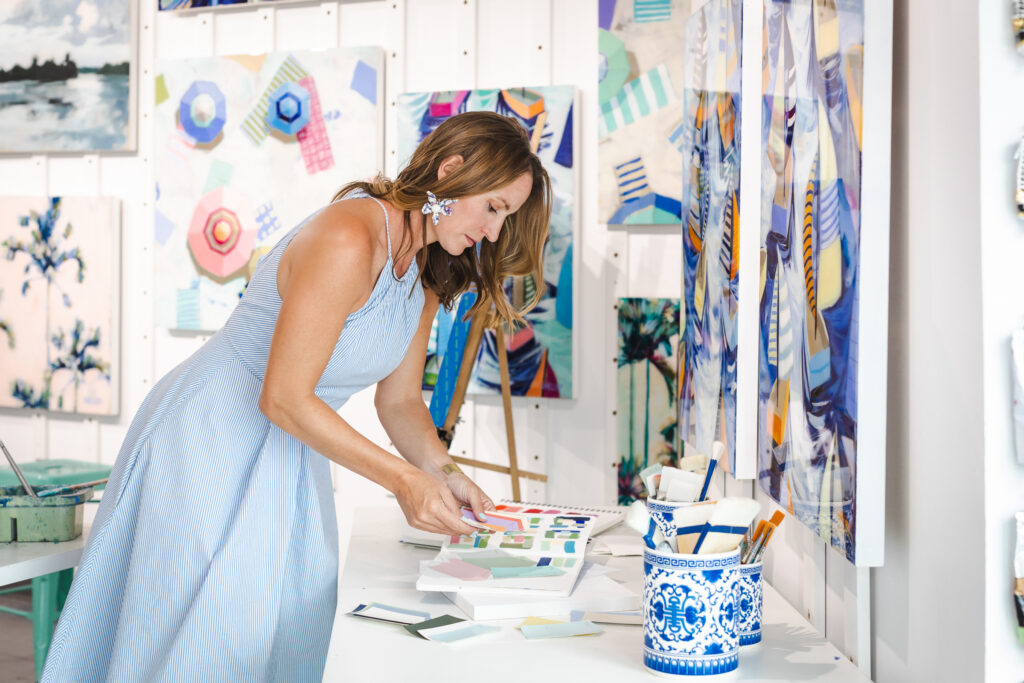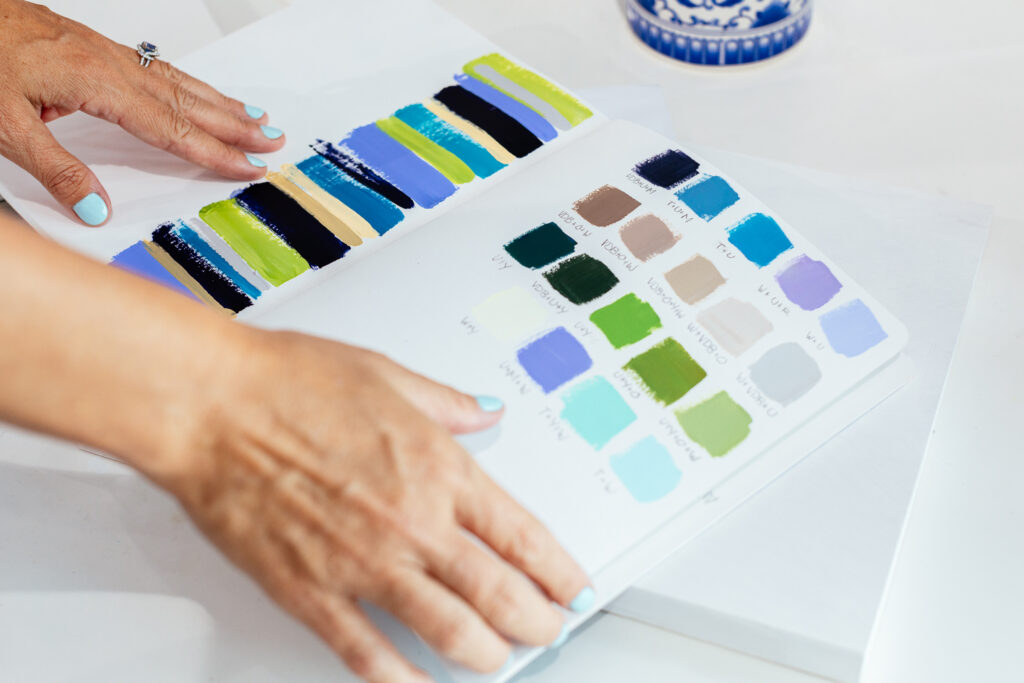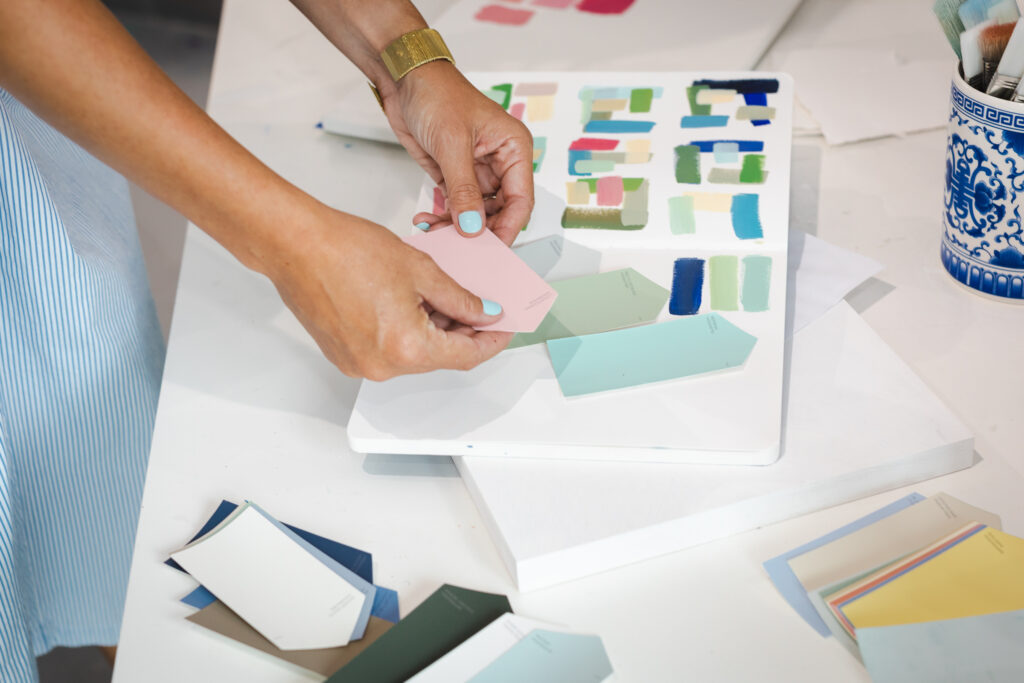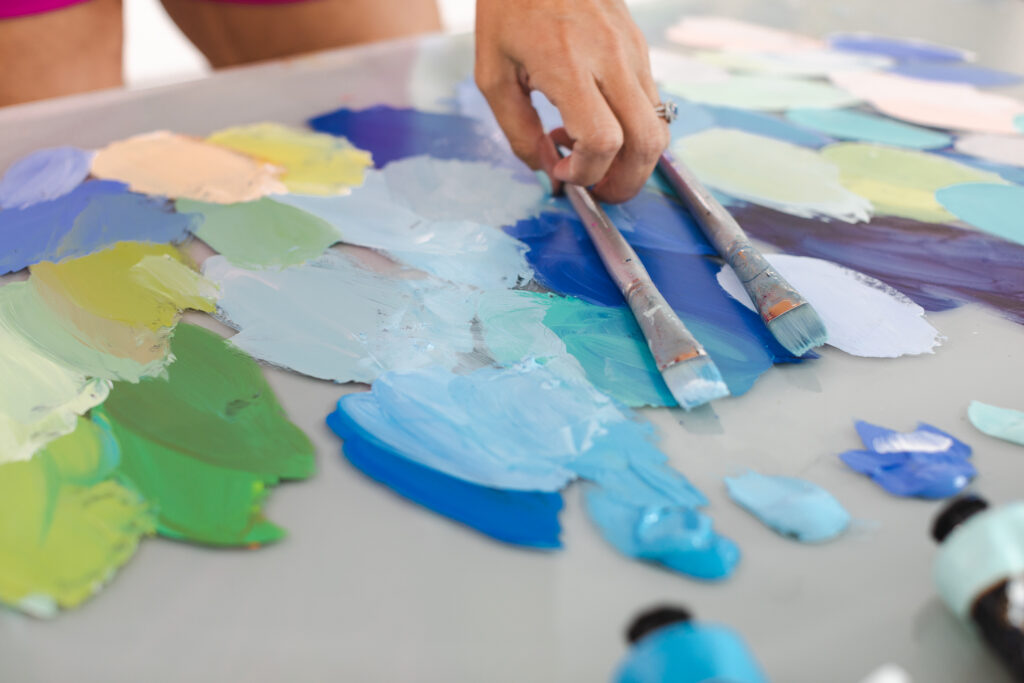
Introduction
Color contrast is one of the most compelling tools in an artist’s arsenal. Whether you’re an aspiring painter or a seasoned artist, understanding how to effectively use color contrast in your acrylic paintings can transform your work from flat to fantastic. In this guide, we’ll delve into what color contrast is, why it’s important, and how you can master it to add depth, interest, and vibrancy to your artwork.
Understanding Color Contrast
What Is Color Contrast?
Color contrast refers to the difference between two or more colors placed next to each other. This contrast creates visual interest, enhances readability, and can convey different moods and emotions. In acrylic painting, color contrast helps to create emphasis, define shapes, and draw the viewer’s eye to specific parts of the painting.

Types of Color Contrast
- Complementary Contrast: This is achieved by using colors that are opposite each other on the color wheel, such as blue and orange or red and green. Complementary colors make each other appear more vibrant and are perfect for creating striking, eye-catching effects.
- Analogous Contrast: These colors sit side by side on the color wheel, such as blue, blue-green, and green. They offer a subtle, harmonious touch that creates a soothing, cohesive look in your painting. For more tips on achieving perfect color harmony, check out our blog post Struggling With Color Harmony In Painting?
- Warm vs. Cool Contrast: Warm colors (reds, oranges, yellows) tend to advance, while cool colors (blues, greens, purples) tend to recede. Using this contrast can create a sense of depth and dimension in your painting.
Examples of Color Contrast in Acrylic Paintings
Imagine a painting where a vivid orange sunset contrasts against a deep blue ocean. The complementary contrast between these colors not only makes each color pop but also adds a dynamic quality to the scene. Alternatively, a serene landscape using analogous greens and blues creates a harmonious and peaceful atmosphere.

Using High Contrast in Acrylic Paintings
What Is High Contrast?
High contrast involves using colors that are significantly different from each other, such as black and white or bright red and deep green. This type of contrast creates a strong visual impact and can make certain elements of your painting stand out boldly.
Benefits of High Contrast
- Draws Attention: High contrast immediately grabs the viewer’s attention, making focal points of your painting more prominent.
- Creates Drama: This type of contrast adds a dramatic effect, ideal for creating striking visual narratives or emphasizing emotional intensity.
- Enhances Depth: By placing high contrast elements against each other, you can create a sense of depth and dimensionality in your artwork.
Techniques and Tips for High Contrast
- Use Bold Colors: Don’t shy away from using bright, saturated colors alongside darker tones.
- Experiment with Light and Dark: Play with the lightness and darkness of your colors to create striking contrasts.
- Limit Your Palette: Use a few contrasting colors to maintain focus and prevent visual overload.
Examples of High Contrast Paintings
Consider a portrait where the subject’s features are highlighted against a dark background. The high contrast not only makes the subject stand out but also creates a powerful visual impact.

Using Low Contrast in Acrylic Paintings
What Is Low Contrast?
Low contrast involves using colors that are similar in hue or value, such as light gray and off-white. This creates a softer, more subtle effect compared to high contrast.
Benefits of Low Contrast
- Creates Soft Transitions: Low contrast is perfect for creating smooth transitions and blending, giving your painting a more cohesive and serene feel.
- Conveys Calmness: This type of contrast is ideal for subjects that require a gentle, calming effect.
- Highlights Subtle Details: It allows for the subtle details and textures in your painting to emerge without overwhelming the viewer.
Techniques and Tips for Low Contrast
- Choose Similar Colors: Opt for colors that are close in value and hue to maintain a harmonious effect.
- Blend Gradually: Use gradual blending techniques to achieve smooth transitions between colors.
- Use Minimal Detail: Focus on broader strokes and shapes rather than fine details.
Examples of Low Contrast Paintings
A painting of a foggy landscape where the colors of the fog blend softly with the sky and water demonstrates how low contrast can create a dreamy, atmospheric quality.

Creating Visual Interest through Color Contrast
Color contrast is not just about choosing colors that look good together; it’s about using contrast to enhance the visual interest and narrative of your painting.
Enhancing Visual Interest
Color contrast helps to guide the viewer’s eye and create focal points in your painting. For example, a bright red apple against a muted background will immediately attract attention, creating a clear focal point.
Tips for Balanced Color Contrast
- Plan Your Palette: Choose a color scheme that balances both high and low contrast elements.
- Use Contrast Strategically: Apply contrast to areas where you want to draw attention or create depth.
- Adjust as Needed: Step back and evaluate your painting to ensure that the contrast works harmoniously across the entire composition.

Color Contrast
Incorporating color contrast into your acrylic paintings is a powerful way to bring visual interest, depth, and emotional impact to your art. Whether you prefer high contrast for its dramatic effects or low contrast for its subtlety, understanding how to use color contrast effectively will elevate your artwork and engage your viewers.
So, experiment with both high and low contrast, and don’t be afraid to push your creative boundaries. Your paintings will not only stand out but also capture the essence and emotion you wish to convey.
COMMENTS